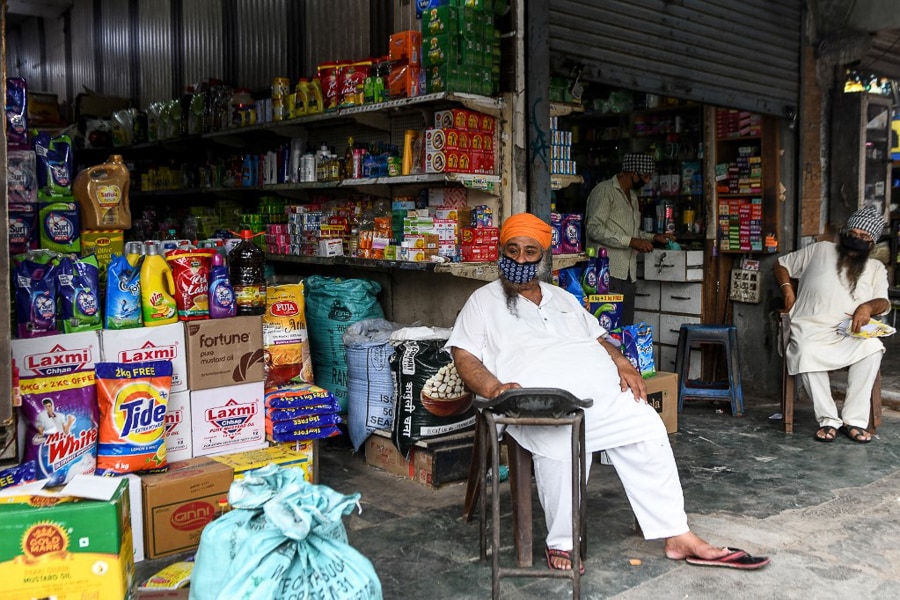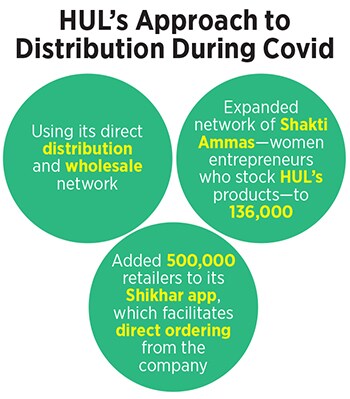
Rural demand was keeping FMCG sector optimistic. Will the trend hold up in the second wave?
As Covid-19 spreads, the next wave is likely to hit smaller towns and rural areas harder; FMCG companies will have to contend with supply disruptions and demand reduction

Small markets are important testing grounds for companies for new products and provide data on how much price elasticity is there for their goods.
Image: Narinder Nanu/AFP
As results from consumer goods companies start trickling in, rural demand, which forms a subset of their performance, has attracted disproportionate investor interest. Demand from smaller towns and cities had fared exceedingly well last fiscal but is likely to come under some strain as the second more deadly wave of Covid-19 spreads across smaller towns and cities.
One reason why demand for soaps, shampoos and detergents sold in small Rs5-10 pack sizes is important is because it is often seen as a weathervane on the direction of the economy. It slows during periods of distress and usually ratchets up when there is a good harvest or there are cash transfers from the government. The last fiscal saw both these factors in play. As a result, consumers were able to spend more on daily necessities.
These markets are also important testing grounds for companies for new products and provide data on how much price elasticity is there for their goods. Consumers start with smaller packs and graduate to larger ones which bring in higher margins for companies.
Rural consumers are also generally the first to downtrade when times are bad. When demand slackens it becomes harder for companies to forecast the future of some segments. These markets are also important for companies as they typically grow faster than their urban counterparts. In the past Hindustan Unilever has said that rural consumption was growing at 1.5 times urban consumption, albeit from a lower base.






